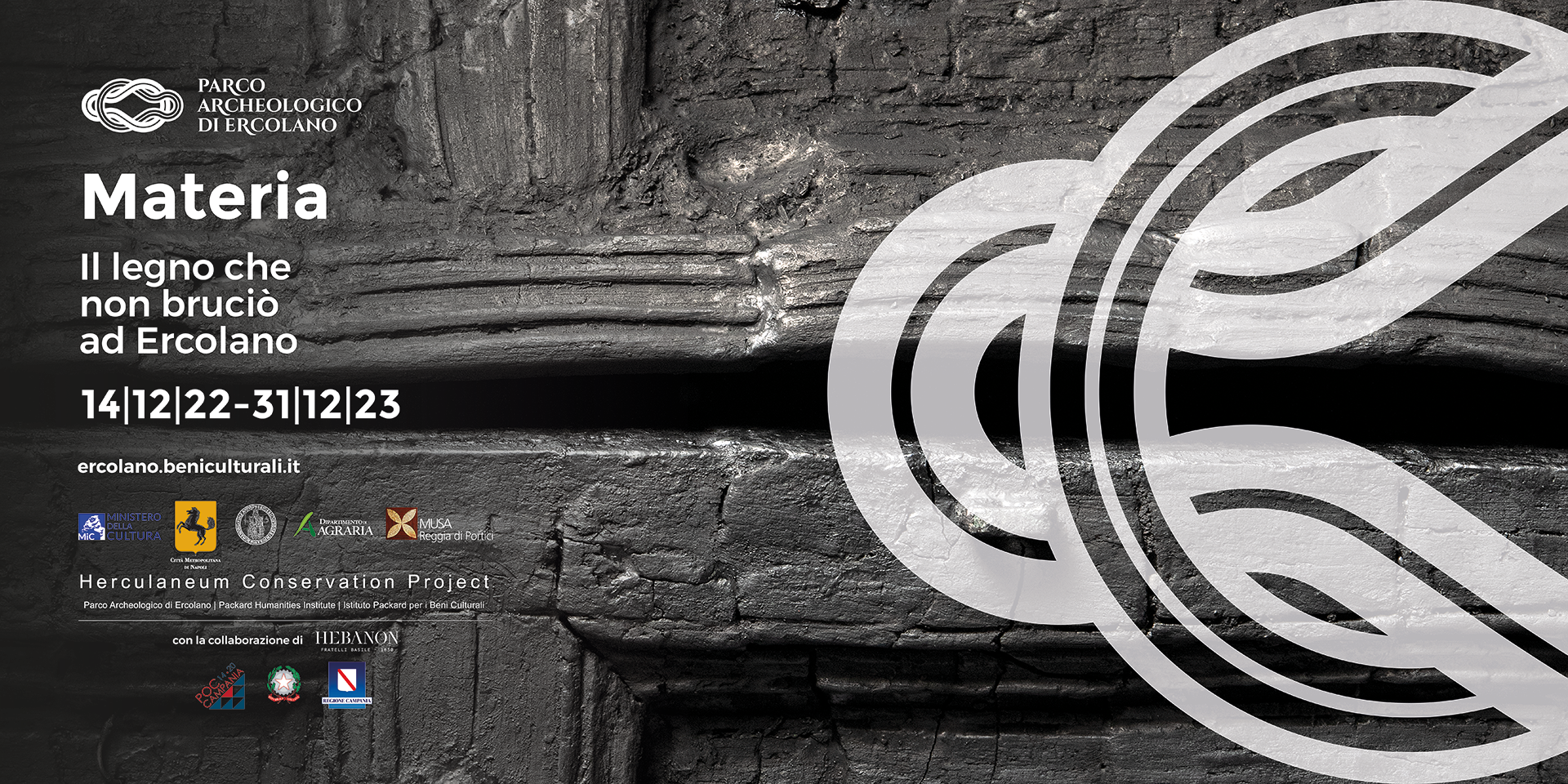Wood and its material essence are at the heart of the exhibition “Materia. The Wood That Did Not Burn in Herculaneum.” Herculaneum is the only city in the Roman world that preserves wood as a construction material, for furnishings, and more. Tools, architectural elements, and wooden furniture in Herculaneum were carbonized by the pyroclastic flow—a scorching cloud of magmatic material and gases at extremely high temperatures—that repeatedly buried Herculaneum under about 20 meters of volcanic product during the eruption of 79 AD.
This dramatic event has left us with a unique heritage, preserved thanks to the meticulous work of laborers, restorers, architects, and archaeologists, who have passed the baton from one generation to the next in the complex and exciting challenge of conservation. This effort began with the excavations led by Amedeo Maiuri in the 1930s and continues to this day.
The exhibition finally showcases the wooden objects from Herculaneum, providing extraordinary confirmation of what was previously known only from written sources, frescoes, and ancient reliefs. It offers a rare opportunity to reconstruct ancient woodworking and cabinetry techniques and to grasp the details of daily life for the inhabitants of Herculaneum two thousand years ago.

